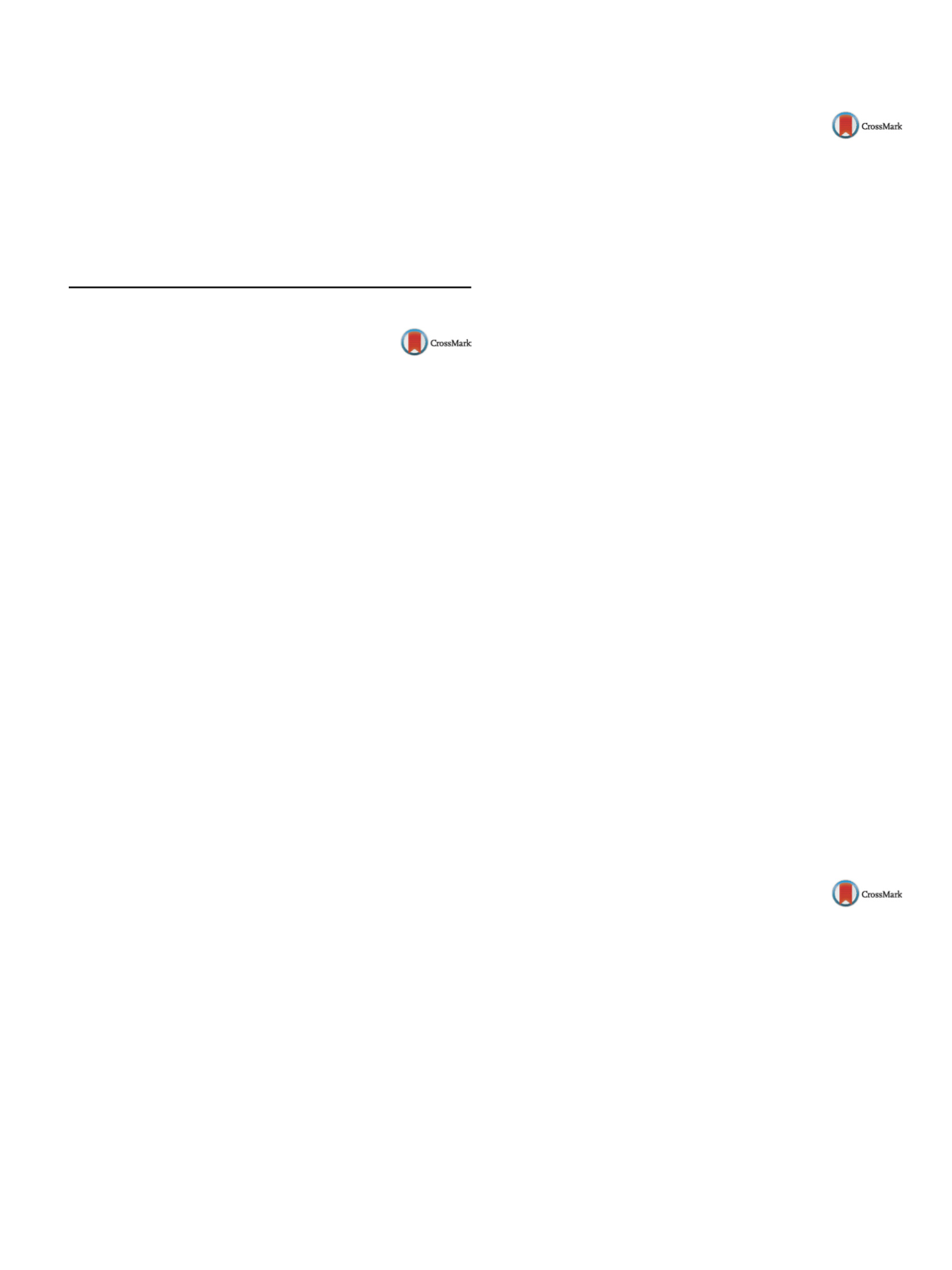

25th European Congress of Psychiatry / European Psychiatry 41S (2017) S521–S582
S545
gate depression-inducedmetabolic alterations. Such investigations
might provide alternative insights into the nonmonoaminergic
pathophysiology and treatment of depression.
Disclosure of interest
The authors have not supplied their decla-
ration of competing interest.
http://dx.doi.org/10.1016/j.eurpsy.2017.01.762e-Poster Viewing: E-mental Health
EV0433
Efficacy of an active implementation
process of a computerized CPG of
major depression disorder in primary
care
M. Cavero
1 ,∗
, J.A. Monreal
2, N. Cardoner
2, M.D. Moreno
3,
V. Pérez- Solá
4, D. Palao
21
Hospital Clinic, Psychiatry and clinical psychology, Barcelona, Spain
2
Parc Taulí-University Hospital, Autonomous University of
Barcelona, Centre de Salut Mental Parc Taulí, Sabadell Barcelona,
Spain
3
Institut Català de la Salut, Direcció del SAP Vallès Occidental,
Barcelona, Sabadell Barcelona, Spain
4
Hospital del Mar, Institut de Neuropsiquiatria i Addicions,
Barcelona, Spain
∗
Corresponding author.
Introduction
The application of scientific evidence in clinical
practice management of Major Depressive Disorder (MDD) is
complex. Generally, the usual dissemination process and imple-
mentation of Clinical Practice Guidelines (CPG) induce modest
changes. A computerized version of a Clinical Practice Guideline
for Major Depression (e-CPG-MD) has been integrated in Electronic
Clinical Records of Primary Care in Catalonia (Spain). It offers an
opportunity to improve clinical results. The design allows access to
precise help in the visit itself, improving diagnosis, treatment and
follow-up.
Objectives
To evaluate the effects of a multifaceted implementa-
tion process of e-CPG-MD, analysing their use and changes in MDD
diagnosis.
Methods
A cluster randomized clinical trial was performed in 10
primary care centers (PCC) inBarcelona. Infive of ten centers, amul-
tifaceted implementation process of the e-CPG-MD was developed
during 6 month. The active process includes: interactive training
program, regular feedback audit, educational outreach visits and
periodic reminders.
Results
The multifaceted implementation of e-CPG-MD was
associated with a significant increase in use during the first 6
months (4.1% + 3.1% vs. 52.7% + 7.3%,
P
< 0.001). In the active cen-
ters, the MD diagnosis increased significantly (rate quotient = 1.56,
P
< 0.001) and the proportion of moderate and severe MD increased
(13.6% vs 41.1%,
P
= 0.002).
Conclusions
A multifaceted implementation method of e-CPG-
MD increased significantly its use in active centers at 6 months.
Diagnosis of MDD and the proportion of moderate and severe cases
also increased significantly.
Disclosure of interest
The authors have not supplied their decla-
ration of competing interest.
http://dx.doi.org/10.1016/j.eurpsy.2017.01.763EV0434
Using digital mood monitoring
technology to support the assessment,
engagement and empowerment of
young people presenting to mental
health services with mood instability
M. Dubad
∗
, S. Marwaha , C. Winsper
University of Warwick, Warwick Medical School, Coventry, United
Kingdom
∗
Corresponding author.
Background
Digital mood-monitoring technology, such asmood-
monitoring applications, is increasingly advocated within clinical
research and is a potentially effective method to engage and
empower youth. However, limited evidence is available on this type
of technology.
Objectives
(1) To assess the evidence for the use of mobile mood-
monitoring applications in youth; (2) to explore what available
smartphone application would be most suitable to monitor mood
from the perspective of young people; (3) to examine whether
mood-monitoring applications are useful for investigating mood
instability in youth; (4) to explore the utility and acceptability of
using the mood-monitoring application from young people’s and
clinicians’ perspectives.
Aim
To investigate how mood-monitoring applications can be
used to support the assessment, engagement and empowerment
of young people presenting to mental health services with a range
of diagnoses in which mood instability forms a key component.
Methods
A systematic review using a Cochrane methodology
was conducted. After obtaining ethical approval, this study will
also employ a mixed methods approach, through which quantita-
tive findings (e.g., digital mood-monitoring data) will be furnished
with an in-depth understanding of young people’s views on digital
mood-monitoring technology.
Results
Findings from a systematic review focusing on the
evidence for the psychometric properties, usability and clinical
impacts of applications in youth will be presented. Preliminary
results from consultations groups and plans for future research will
also be discussed.
Conclusions
Evidence acquired through this research can poten-
tially influencemental health policies and result inmore innovative
(adjunct) interventions and improved outcomes for young people
with mood instability.
Disclosure of interest
The authors have not supplied their decla-
ration of competing interest.
http://dx.doi.org/10.1016/j.eurpsy.2017.01.764EV0435
The ICT4LIFE Project–Design and
development of a new information
technology platform for patients with
Alzheimer’s disease
P. Osvath
1 ,∗
, V. Voros
1, A. Kovacs
1, I. Greges
1, S. Fekete
1,
T. Tenyi
1, S. Fekete
1, C.ICT4Lif
e 21
University of Pecs, Department of Psychiatry, Pecs, Hungary
2
ICT4Life, Consortium, Madrid, Spain
∗
Corresponding author.
Aim
With an increasingly growing population in Europe, cog-
nitive impairment is a major social and health issue. According
to the World Alzheimer Report (WHO, 2014), dementia, includ-
ing Alzheimer’s disease is one of the biggest global public health
challenges our generation is facing. There are many efforts at Euro-
pean level to promote active and healthy ageing. This three-year
project has the ambition to provide new services for integrated care
with breakthrough research and radical innovation by employing
user-friendly Information and Communication Technology (ICT)


















